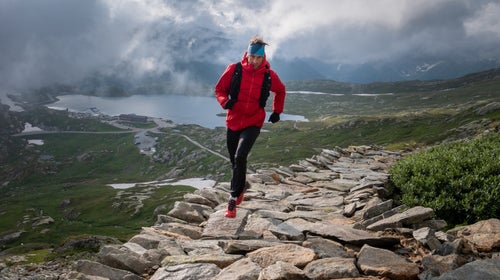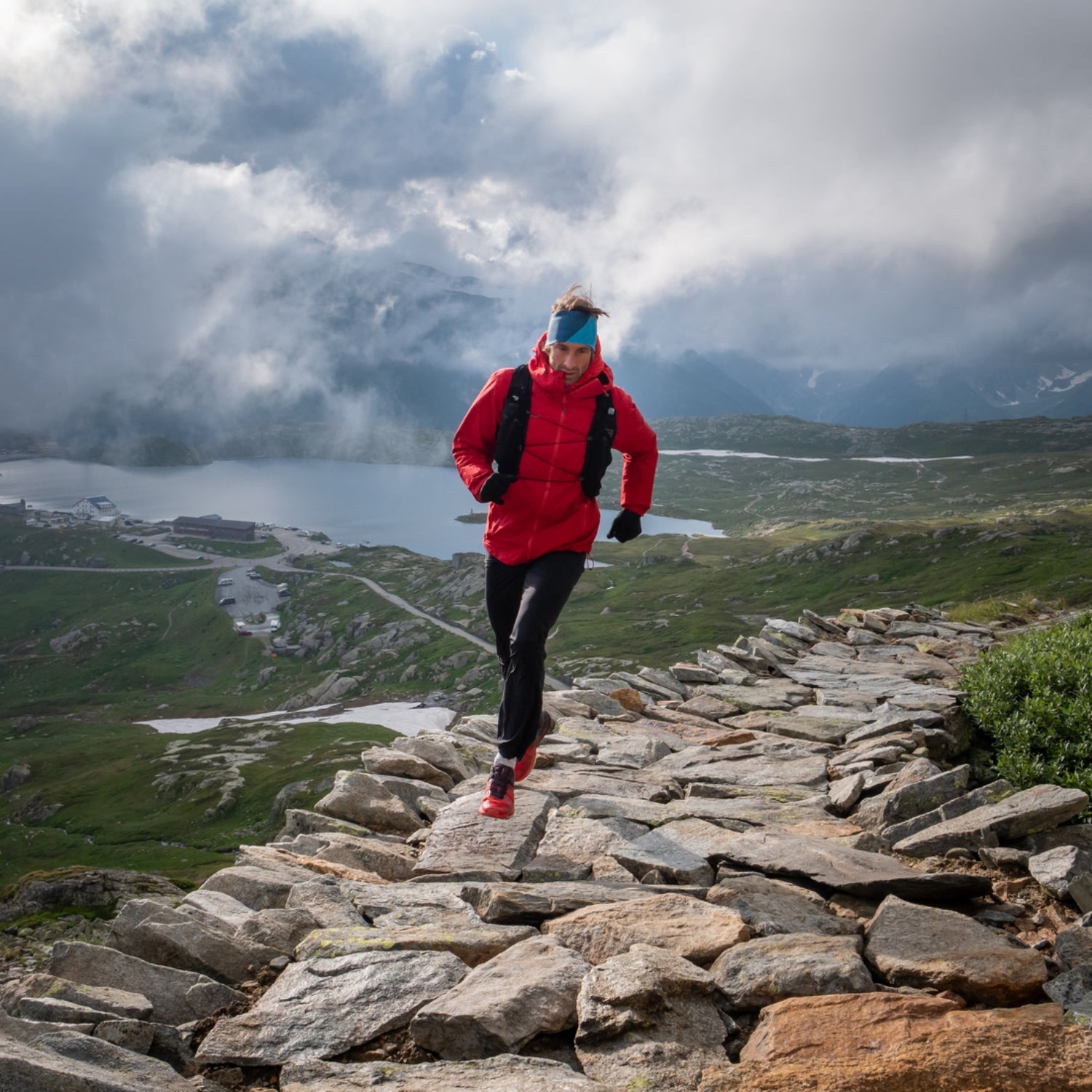There are two schools of thought about the differences between trail running and road running. One is that running is running: terrain and environment are minor details, and the best athletes in one discipline will probably also succeed in the other one. The other is that theyтАЩre two separate sports whose demands favor different characteristics. Drop Kilian Jornet into a road race or Emily Sisson into a trail race, and theyтАЩd be suddenly mortal.
A new study from French researchers at the University of Lyon, , probes this question by bringing elite road and trail runners into the lab for testing. Actually, thatтАЩs not quite rightтАФthe researchers brought the lab to national-team training camps hosted by the French Athletics Federation for their trail and road-running teams. That meant using a treadmill that only went up to around 7:00 miles and 10 percent inclineтАФmodest challenges for athletes of that caliber. But the results still offer some interesting insights about the similarities and differences between top road and trail runners.
One longstanding question for both athletes and researchers is whether trail runners need to be more powerful. Bounding up steep hills, after all, requires powerful bursts of force. Simple tests of quadriceps and hamstring strength showed no differences between the groups. But strength isnтАЩt the same as power, which also depends on how quickly you can produce force. To assess power, they used 8-second all-out sprints on a stationary bike and calculated the resulting force-velocity curve. Sure enough, the trail runners could generate 23 percent more torque and 16 percent more power than the road runners.
Another key comparison is running economy, a measure of how much energy it takes to sustain a given pace. Road running rewards a smooth, metronomic stride with no wasted motion. But previous research (which I wrote about here) has suggested that how efficiently you run on a flat road or treadmill doesnтАЩt necessarily tell you how efficient youтАЩll be on uneven, hilly trails.
Sure enough, the road runners in the new study burned about 6 percent less energy than the trail runners at just under 7:00 mile pace on the flat treadmill. At 10 percent uphill incline, the two groups averaged roughly the same running economy. Given that the trail runners were less efficient on flat ground, this does indeed suggest that theyтАЩre betterтАФrelatively speaking, at leastтАФon hills. And 10 percent is a modest incline for serious trail runners, so youтАЩd imagine the relative advantage would widen on steeper slopes.
They also did some biomechanical analysis: ground contact time, flight time, cadence, leg stiffness, and so on. The results are easy to summarize: no differences between the two groups.
Overall, the differences in power and running economy support that idea that trail and road runners are both adapted to their particular specialties. However, the authors are also willing to consider an alternate hypothesis: maybe trail running, as a relatively young sport with considerably less prize money, simply hasnтАЩt yet attracted as high a level of competition. ItтАЩs worth noting that the senior author of the study, Guillaume Millet, has an impressive history as a mountain-ultra-trail runner, including a podium finish at perhaps the toughest one of all, the Tor des G├йants. HeтАЩs not trying to diss trail runners.
But the data does have at least one hint in this direction. The road runners reported training for a total of 79.0 hours per month, on average, including running, cross-training, and resistance training. The trail runners averaged just 43.6 hours. The seven road runners in the study (all of whom were male, as were the trail runners, for reasons that arenтАЩt explained) are described as national-level, with an average 10K best of 29:17. The ten trail runners, on the other hand, are all ranked among the best in the world, having just won the team title at the 2019 World Trail Championship and placed fourth at the 2019 World Mountain Running Championships. The trail runners also race over longer distances of up to 14 hours, while the road runners max out at the marathon, so itтАЩs surprising that the trail runners train less. Perhaps, Millet and his colleagues note delicately, theyтАЩd be even faster if they trained more.
This difference in training also raises questions about other conclusions. Are the trail runners really more powerful because theyтАЩve honed their leg strength from hill training, or because stronger athletes are drawn to trail running? Or, instead, are the road runners comparatively weaker because theyтАЩre logging so much more mileage, which interferes with muscle growth? ItтАЩs interesting to note that the road runners actually spend more time resistance training than the trail runners, so itтАЩs not that they donтАЩt want to be strong.
Ultimately, there are limits to what we can conclude from an observational study. I suspect the very top road runners in the world, at least for now, pass through a narrower sieve than the top trail runners. They probably have rarer genetics and train more. But the demands of the two disciplines are undoubtedly different, and even the best road runners would likely struggle against the best trail runners on a sufficiently rugged trail course. Eliud Kipchoge that he wants to eventually move to ultras; letтАЩs start by seeing how he does on the hills of the Boston Marathon next spring.
For more Sweat Science, join me on and, sign up for the, and check out my book .


